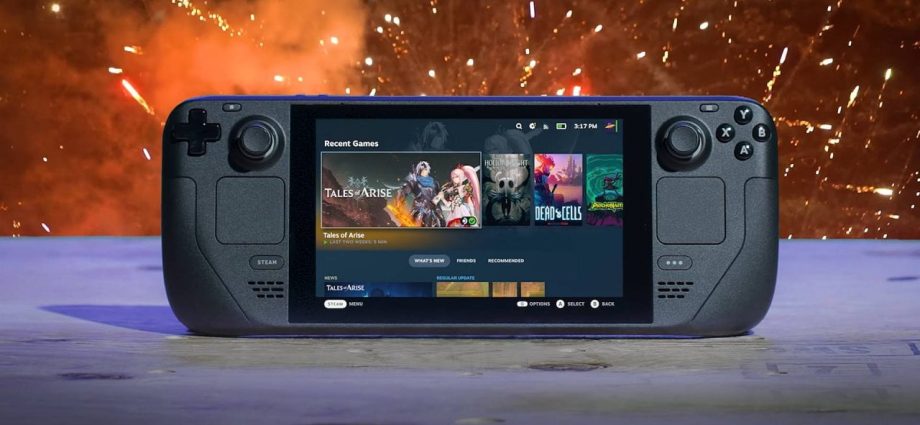Steam Bundles it’s only a year old, but many are already thinking about future versions of the console. One of the often-discussed details is the screen: like the Switch, it’s never OLED model? The short response from Pierre-Loup Griffais, a programmer working on Steam Deck at Valve, is that Valve “understands the limitations of current Deck technology in terms of displays. We also want it to get better. We’re considering all possibilities.” .
The longer answer is not just replace the screen for another. “I think people look at it as an incremental state and think it’s a simple substitution,” Griffais says. “But in reality, the screen is the heart of the device. Everything depends on it. Basically, when you talk about such a small device, everything is structured around it. I think there would be more work to do than you might think. […] I don’t think we threw anything away. But just the idea of adding a new screen and that’s it [è sbagliata]: it takes much more to be feasible”.
When designing the Steam Deck, Valve Flexibility of the LCD panel it was actually one of its top priorities, the ability to completely dim the backlight for comfortable gaming, especially in low light, and adjust the refresh rate to conserve battery life. Griffais says that as far as he knows, this should also be possible in an OLED, but it will require a certain configuration.
“This is something you should plan ahead. While working on this screen, we made sure it could be supported, although the refresh rate change was not ready at the time of release. Supporting all of these was very important to us. Therefore, it is something to keep in mind when evaluating and choosing possible options. But there is no difference between LCD and OLED or between different display technologies that makes it a barrier. It’s about how you design the whole system and what happens between the display and the SOC.”
Griffais also says it will be years before a more powerful version of Steam Deck is released.
